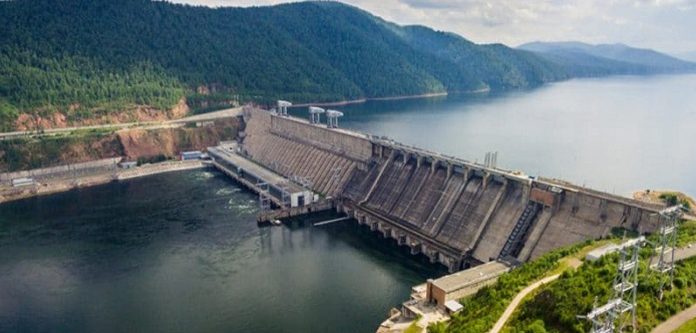 Most African nations are faced with an electricity crisis where by national supply has recorded deficits in recent years.
Most African nations are faced with an electricity crisis where by national supply has recorded deficits in recent years.
Focus is now shifting to the Inga Dam, a massive water reservoir in the Democratic Republic of Congo, that could power most of the continent’s hydro-electricity supply.
Power Africa, an initiative of the United States government, aims to create 60 million connections for first-time users and generate 30,000 megawatts (MW) by 2030.
Since its launch in 2013, the initiative has enabled some 15 million new connections providing first-time electricity access to 68 million homes and businesses.
The problem, however, remains huge with close to 600 million people not having access to electricity. Lack of electricity or chronic under-supply of secure and affordable electricity is a barrier to growth, job creation and poverty reduction. This is a problem.
Should the Grand Inga Dam in the Democratic Republic of Congo be complete, it would meet the 30,000 MW target at one go, and much sooner.
The dam is designed to exploit up to 40,000 MW of electricity from the Congo River. This would be more than enough to cater for the current deficit.
This, however, is unlikely. At the moment, the development of the dam is experiencing a tumble of different opinions. While the current plan was to develop generating 11,050 MW under Inga Dam III project, DRC President Félix Tshisekedi has expressed a preference for a smaller 4,800 MW plant.
It is true that feasibility studies for the smaller plant were financed by the African Development Bank in 2013, but concern has been expressed about the smaller plant. This has created confusion about the overall status of Inga III and not least the Grand Inga Dam.
To put the Inga dam aside for a moment, Africa as a whole has a huge potential for hydropower power generation estimated at 350 GW, more than ten times the Power Africa target.
But tapping this power is not viable. There are a couple of practical challenges cited by researchers. The increasing public opposition to hydropower is one of the challenges, particularly due to the environmental and social impact of large and mega-dams.
Hydropower dams may require flooding large land areas, potentially displacing communities and reducing temporarily the flow of water available for other uses downstream, such as agriculture.
The other challenge is the adverse impact of climate change and rainfall variability on hydropower generation. Several African countries are already experiencing severe power disruption as a result of low water levels in lakes and reservoirs — Kenya for example, before the current rains.
Technology may step in. Renewable sources of energy ate now viable as their cost has drastically fallen. Their potential could not only complement the hydropower already in use but far surpasses it making doubtful whether the Inga dam is worth looking up to.
Solar energy, for instance, has potential for 1000 GW, more than 30 times the Power Africa target of 30 GW. It is also well distributed across Africa. However, so far, less than 1 GW is being utilised, this is including planned installations.
In 2018 in Rwanda, solar power installation was 12 MW and growing. It is one of the countries including Ethiopia, Morocco and Kenya that have been attracting large investments in renewable energy.
Wind energy with potential for 110 GW is less well distributed. In East Africa, the best wind quality can be found in the horn of Africa and along the Great Rift Valley in Eritrea, Djibouti, Somalia, Ethiopia, Kenya and Tanzania.
The potential for solar energy has been receiving a lot of attention and promises much.
According to one World Economic Forum (WEF) analysis, distributed renewable energy in Africa – which includes mini-grids and solar infrastructure for households, businesses, and productive purposes like irrigation – already directly employs as many workers as traditional power utilities.
Another of its analysis explains that for every job created directly by a private firm delivering electricity to rural communities via decentralized renewables, five “productive use” jobs (based on the application of a distributed renewable-energy product or service) may be created in the communities being electrified.
Some of these jobs are in solar-powered milling, dairy processing, or cold chain storage facilities. Gains have been made that African governments should accelerate.
The two major emerging economies, China and India, are leading in the global renewable energy transition, particularly in wind and solar development which presents an opportunity on how it can be accelerated through south-south cooperation and trade.
The cooperation, observes one researcher, should bring higher availability and affordability of equipment as well as accumulated experience in renewable energy policy and business in the context of developing energy markets.
In the meantime, Rwanda’s Ministry of Infrastructure is mobilising $1.5 billion to connect all 3.8 million households to electricity by 2024. So far, 1.4 million households have been connected.


